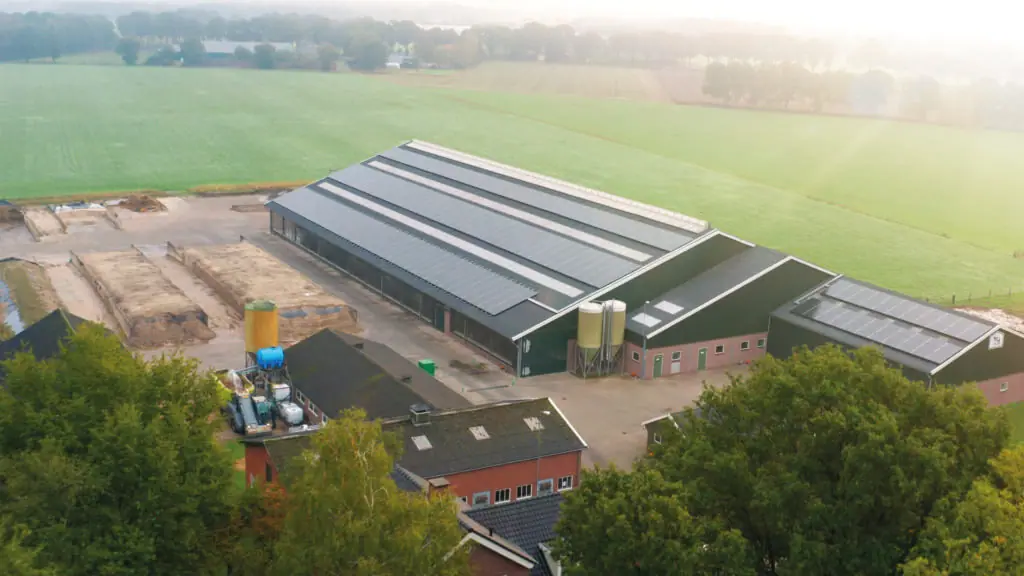Everything on the line
Every poultry farmer knows that he or she must be or become salmonella-free. Now that a slaughterhouse indicates that it will make cuts if salmonella is found, this puts extra pressure on the poultry farmer to get the farm free of salmonella. This is not easy and several poultry farmers have been trying for some time now to become salmonella-free, but they do not always succeed.
Often the focus within a company is on one point. At that moment, all attention is focused on this point, which means that less (or even no) attention is paid to other matters. When one point does not show any results (anymore), they stop completely and move on to the next point. However, in the case of salmonella, it is important to do everything at once! This applies to all measures, both during the vacancy and during the round.
"There are no miracle cures for salmonella, but if the right remedy is combined with a structural approach and proper application, control is possible."
Feeding and drinking lines
For cleaning and disinfection, not only the structural shell of the house (floor, walls, ceiling) must be properly addressed. The feeding and drinking lines also play a crucial role. There is often a danger here, because dirt and bacteria are harder to reach on these surfaces: you cannot reach everywhere and they have many corners and edges. Think of the inside of feeding and water lines, but certainly the outside as well. Often, all lines are turned up for a wet disinfection. During this wet disinfection, the pans and nipples are sprayed from below. Because of this, only the outside is touched and germs remain on the inside of the pans and drinking cups. It is also not possible to disinfect the entire cable of the lines, because these winches are mostly rolled up.
Salmonella outside the shed
Salmonella is often found on the pavement in front of the stables by means of a swab check. Cracks and seams are ideal hiding places, but salmonella is also often found in coarser material with more pores, such as asphalt. My advice is therefore to clean and disinfect the pavement up to at least 5 metres outside the stable door. Especially during the driving in of curls and the setting out of chicks the pavement needs to be thoroughly disinfected, so that germs cannot come in with the clean wheels.
Salmonella is also often found in the grass around the stables. The bacteria can end up there during for instance the cleaning of inlet valves or the pavement. Make sure that the grass or weeds are not mowed during the round if there is a Salmonella problem in the farm. The dust from mowing will then enter the house again through the inlet valves.
Salmonella farm check
These are just a few of the measures in the fight against salmonella, but they are often underemphasised or even forgotten. A total company check reveals all critical components and allows for a much more targeted and total approach to combating salmonella. Request your Salmonella company check via your advisor.




















